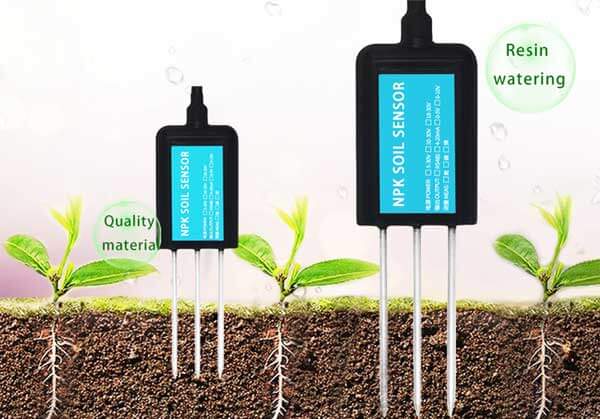Agriculture is one of the oldest and most essential industries in the world. It has been the backbone of human civilization for thousands of years, providing food and raw materials for various purposes. However, with the growing global population and the increasing demand for food, agriculture needs to be more efficient and sustainable than ever before. This is where soil sensor technology comes in.

Soil sensor technology is a revolutionary tool that helps farmers optimize crop growth and productivity by providing real-time data on soil moisture, temperature, and nutrient levels. This information can be used to adjust irrigation, fertilization, and other farming practices to ensure that crops are growing in the best possible conditions.
One of the most significant advantages of soil sensor technology is its ability to reduce water consumption
By providing accurate information on soil moisture levels, farmers can avoid overwatering their crops, which not only saves water but also reduces the risk of crop damage from waterlogging. This is especially important in areas where water resources are scarce, and droughts are common.
Moreover
soil sensor technology can also help farmers reduce their use of fertilizers and other chemicals. By monitoring nutrient levels in the soil, farmers can avoid over-fertilizing their crops, which can lead to environmental pollution and health risks. This, in turn, can also save farmers money on fertilizers and other inputs.
Another benefit of soil sensor technology is its ability to improve crop yields and quality
By providing real-time data on soil conditions, farmers can adjust their farming practices to ensure that crops are growing in the best possible conditions. This can lead to higher yields and better quality crops, which can fetch higher prices in the market.
Soil sensor technology is also beneficial for the environment
By reducing water and fertilizer use, farmers can help reduce their environmental impact and contribute to sustainable agriculture. This is especially important in areas where intensive farming practices have led to soil degradation and other environmental problems.
There are several types of soil sensors available in the market
ranging from simple handheld devices to sophisticated wireless systems. Some sensors can be installed directly in the soil, while others can be placed above ground and measure soil conditions remotely. The choice of sensor depends on the specific needs and requirements of the farmer.

In conclusion
soil sensor technology is a game-changer for agriculture. It provides farmers with real-time data on soil conditions, which can be used to optimize crop growth and productivity while reducing water and fertilizer use. This, in turn, can lead to higher yields, better quality crops, and more sustainable farming practices. As the world faces increasing food demand and environmental challenges, soil sensor technology offers a promising solution for a more efficient and sustainable agriculture.
